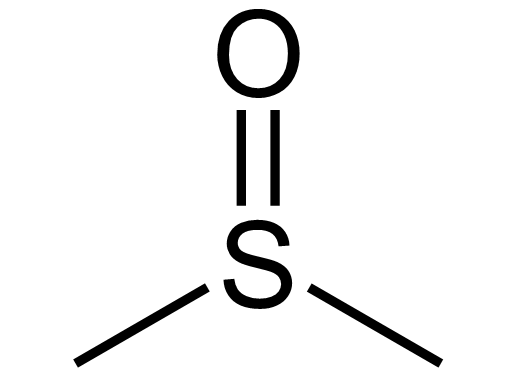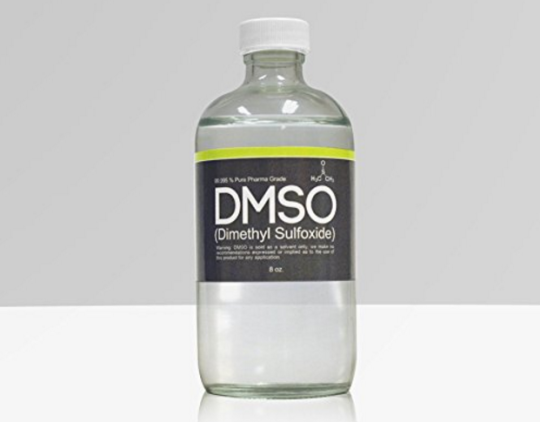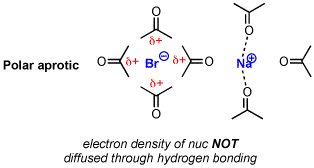
1-Chloro-2-[(2-chloroethyl)sulfanyl]ethane (Mustard gas, sulfur mustard)
Sulfur mustard is a cruel and highly debilitating chemical weapon that was deployed to devastating effect on the battlefields of World War 1, initially by the Germans and later also by Allied forces. Commonly referred to as mustard gas due to its strong odor reminiscent of mustard or horseradish, its primary impact is as a skin irritant that creates large, extremely painful fluid-filled blisters on exposed skin, which it affects quickly and severely as sulfur mustard dissolves readily in fat.
Symptoms do not show immediately but often up to 24 hours after initial exposure, so victims would often receive much higher doses than expected, especially as sulfur mustard is a persistent agent that contaminates clothing and equipment and can continue to poison others that come in contact with affected materials days or weeks later. Fabric clothing provides little or no protection as the particles pass through easily. In addition to the blistering and pain, those who survived exposure were also at risk of cancer and inflammation from DNA mutations.
Sulfur mustard is listed as a Schedule 1 controlled substance under the Chemical Weapons Convention of 1993; its use is prohibited in warfare and signatory nations may not possess more than 1 tonne of it for research, medical/pharmaceutical or defense testing purposes only.







